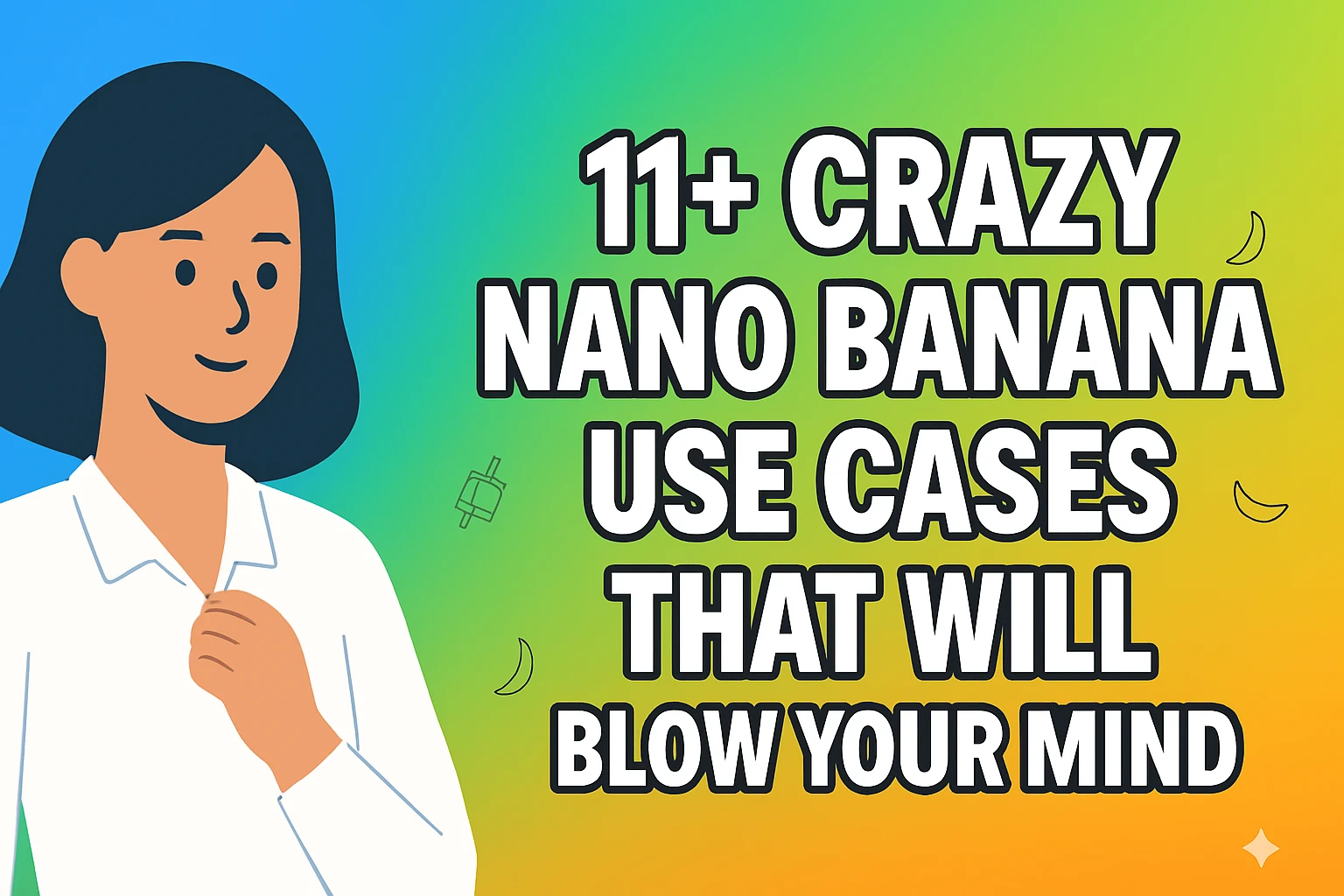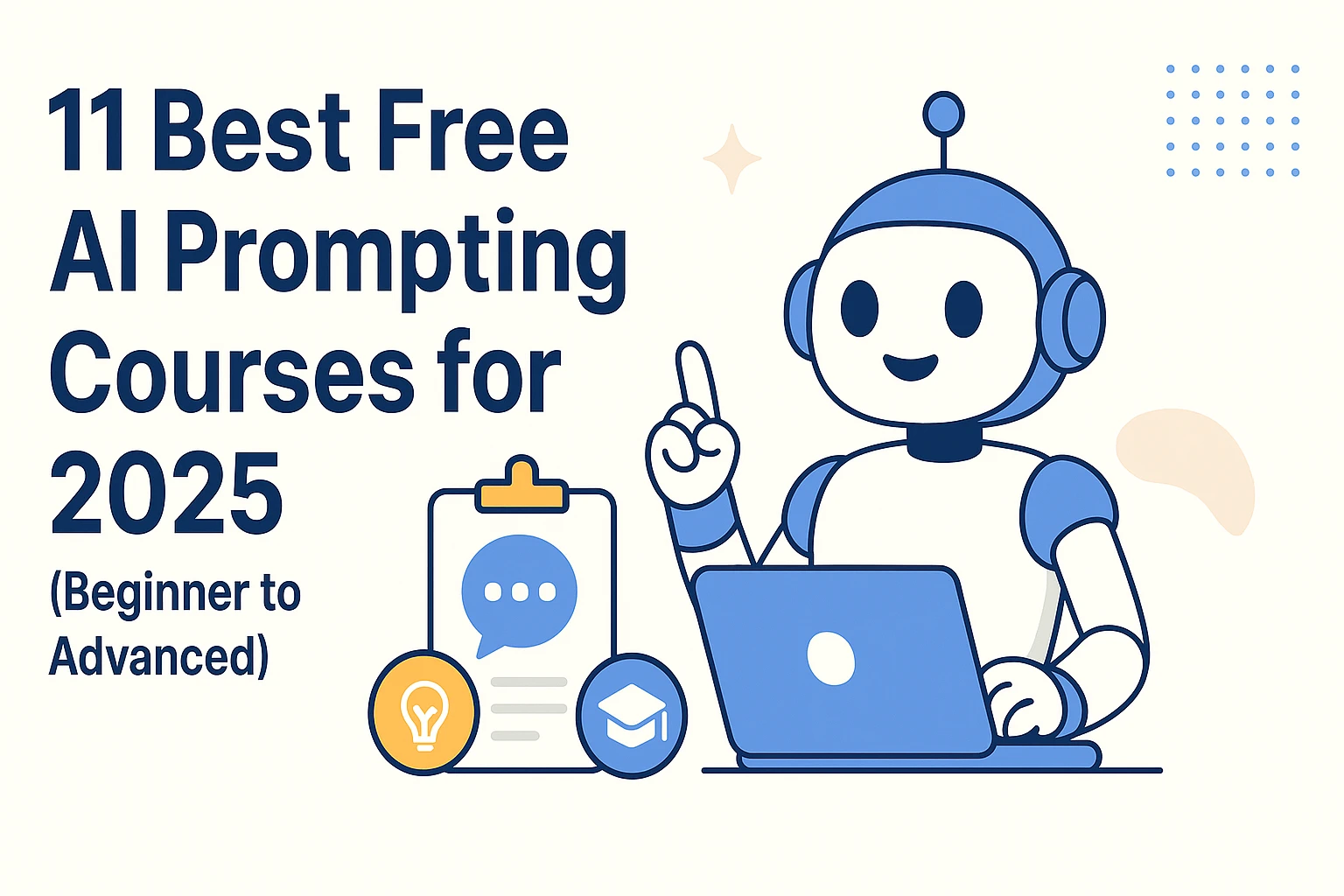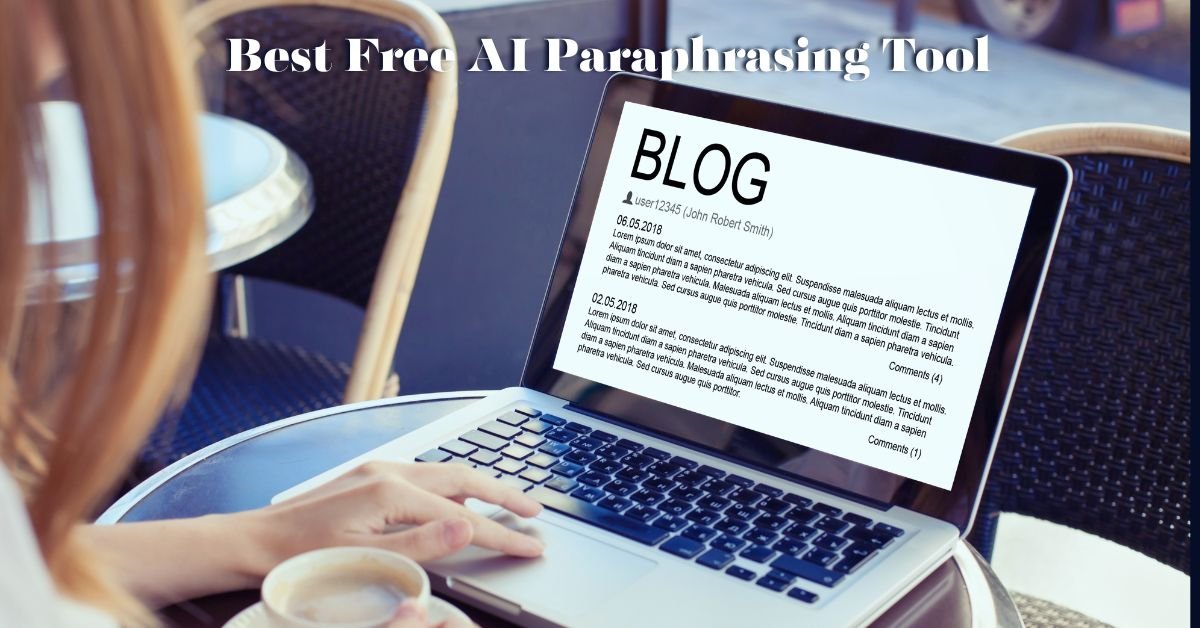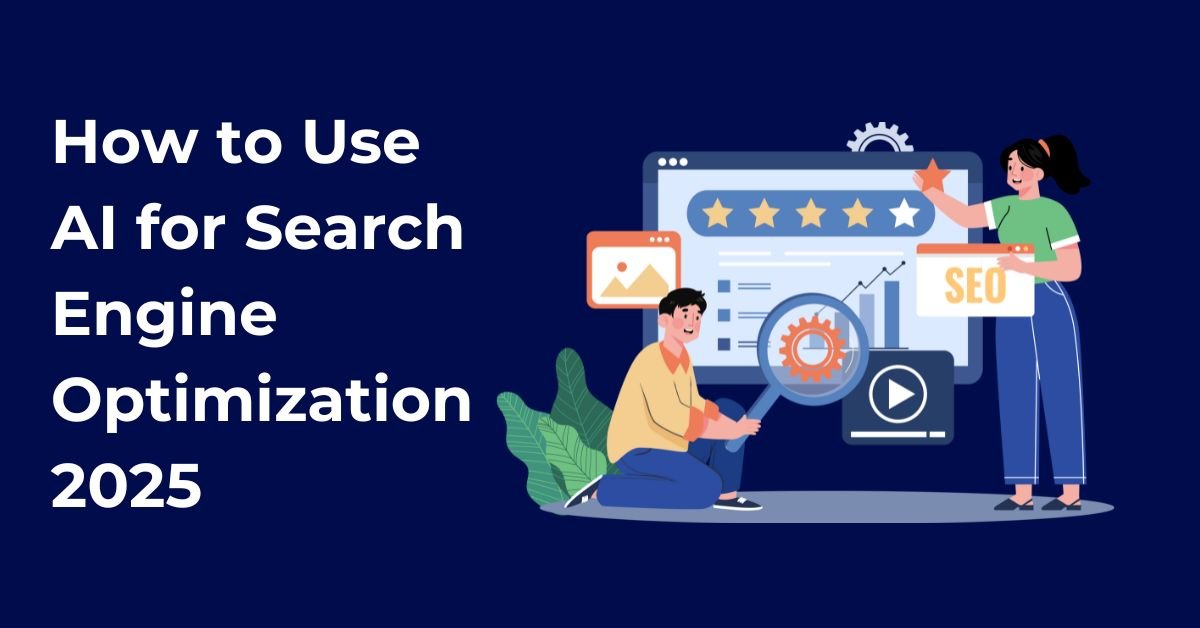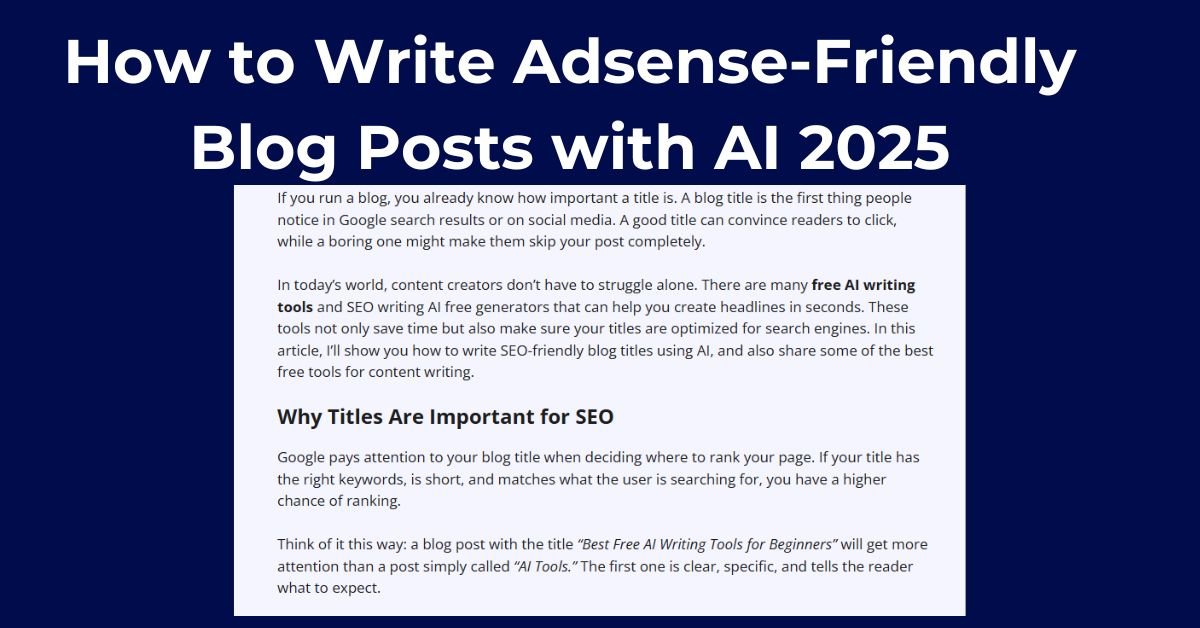AI image generation has taken a huge leap in the last year. If you’ve been active online, you’ve probably heard about Nano Banana AI, Google’s image editing and generation model that became popular for quick edits, fun social graphics, and product visuals. But recently, a new challenger has entered the spotlight—Seedream 4.0 AI tool by ByteDance.
Both tools are powerful, but they serve slightly different purposes. I tested them across multiple real-world use cases to see how they compare. In this article, we’ll explore Seedream 4.0 vs Nano Banana in terms of image quality, features, and creative possibilities. By the end, you’ll know which tool is worth your time.
What is Nano Banana AI?
Nano Banana is the nickname given to Google’s Gemini 2.5 Flash Image model. It’s integrated into the Gemini app, where you can generate images with simple prompts. You can use it for social media graphics, product carousels, quick edits, or even blending images together.
Nano Banana is designed for accessibility. Anyone can use it for free without needing design skills or professional tools. But while it’s fun and easy to use, the image quality often feels limited compared to newer AI tools.
What is Seedream 4.0 AI Tool?
Seedream 4.0 is ByteDance’s latest entry into AI image generation. Unlike Nano Banana, which focuses on ease of use, Seedream is all about high-quality outputs, faster speed, and fewer restrictions.
Currently, you can try Seedream 4.0 on platforms like Jimeng. It generates multiple images at once, produces sharp 4K visuals, and maintains character consistency across different prompts. In many ways, it feels like an advanced upgrade compared to Nano Banana.
Seedream 4.0 vs Nano Banana: Output Quality
One of the biggest differences in this Seedream vs Nano Banana comparison is image quality. While Nano Banana is great for casual edits, its results often look blurry or low resolution.
Seedream 4.0, on the other hand, produces sharp and detailed visuals by default. It also supports 4K output, making it a better option for professional use, whether it’s marketing visuals, product photography, or creative projects.
So if image clarity is your top priority, Seedream 4.0 clearly takes the lead.
Nano Banana vs Seedream 4.0: Celebrity Pictures
Here’s where the tools differ a lot. Nano Banana AI has strict restrictions. It won’t generate images of celebrities, public figures, or anything that falls under sensitive categories.
Seedream 4.0 AI tool doesn’t come with the same limits. You can generate images of celebrities directly by entering their name in the prompt. The results are realistic and sharp, but this freedom also means there’s a risk of misuse, like creating deepfakes.
If you need flexibility and fewer restrictions, Seedream wins this round. But it also comes with more responsibility.
Seedream vs Nano Banana: Multiple Image Generations
Nano Banana allows you to create one image at a time. If you need multiple perspectives or scenes, you’ll have to run several prompts, which can take extra time and reduce consistency.
Seedream 4.0 is different. It generates multiple outputs in one go while maintaining the same character style and quality. This makes it ideal for storyboards, branding projects, or anytime you want variety without losing consistency.
Nano Banana Use Cases vs Seedream Features
To test style transfers, product packaging, and complex edits, I tried both tools with the same prompts.
- Style Transfer: Both struggled a bit, but Seedream produced more relevant results with cleaner details.
- Product Visuals: Nano Banana often misplaced logos or missed certain products, while Seedream delivered neat and cohesive outputs for packaging and branding.
- Complex Scenes: Nano Banana maintained backgrounds better, but Seedream adapted characters more smoothly.
Overall, Seedream 4.0 features give it an edge for creative professionals, while Nano Banana use cases are still useful for quick and casual edits.
Virtual Outfit Try-On: Seedream vs Nano Banana
Virtual try-on is one of the most exciting use cases. You upload a person’s photo and an outfit, and the AI generates a new image with the outfit applied.
With Nano Banana, the results were decent but low quality. Some outfit elements didn’t render correctly. Seedream, however, produced sharper images with complete outfit details, making it more reliable for fashion and lifestyle use cases.
Which One Should You Choose?
Now to the big question: Seedream 4.0 vs Nano Banana—Which tool should you use?
If you want a free, beginner-friendly AI tool for social media graphics, basic edits, and experiments, Nano Banana AI is a solid choice. It’s easy to use and available directly in the Gemini app.
But if your priority is professional-level quality, 4K visuals, multiple outputs, and greater creative freedom, then Seedream 4.0 AI tool is the clear winner. It’s especially useful for creators, marketers, designers, and anyone who needs polished, high-resolution results.
Why Trust This Review?
I’ve been testing digital tools since 2015, from hosting services and VPNs to AI writing, video, and image tools. My reviews are based on hands-on testing rather than surface-level information. For this article, I personally tested both Nano Banana AI and Seedream 4.0 AI tool across different scenarios to give you an honest and practical comparison.
Final Thoughts
Both Nano Banana AI and Seedream 4.0 AI tool are exciting innovations in the world of image generation. Nano Banana is simple, accessible, and fun for quick edits, while Seedream 4.0 pushes the boundaries with 4K quality, multiple image generations, and fewer restrictions.
If you’re just starting out, Nano Banana is enough. But if you want the next level of creative control, Seedream 4.0 is worth your time.
Have you tried either of these tools? Share your experience in the comments—I’d love to hear which one worked best for you.

